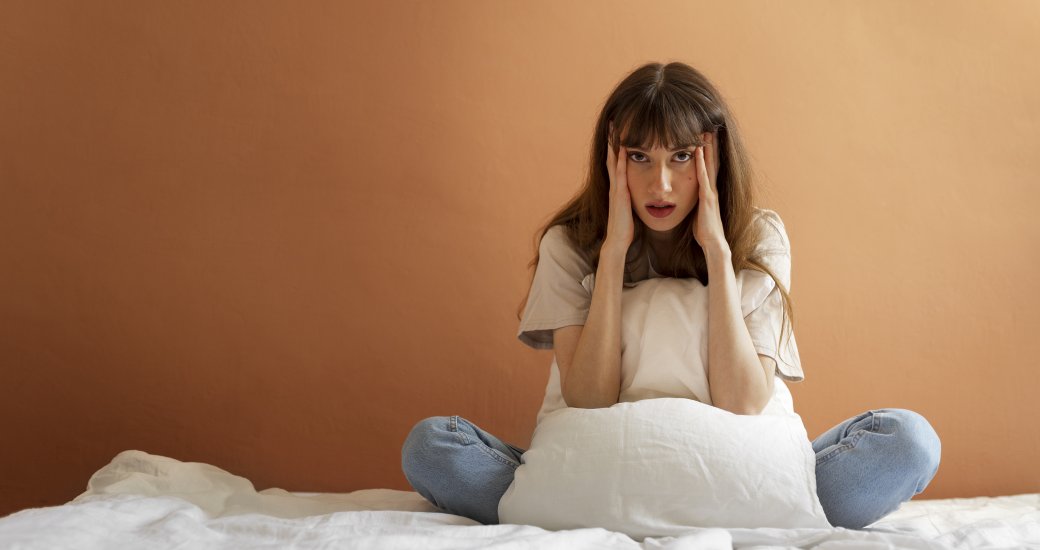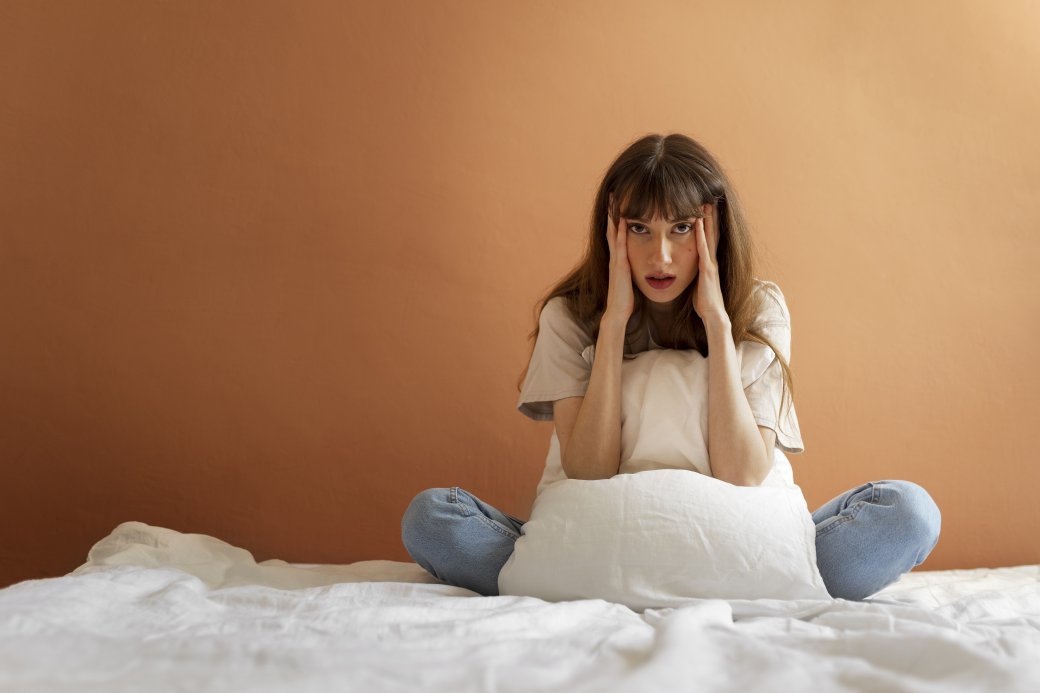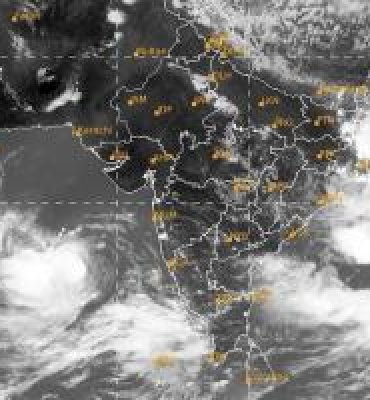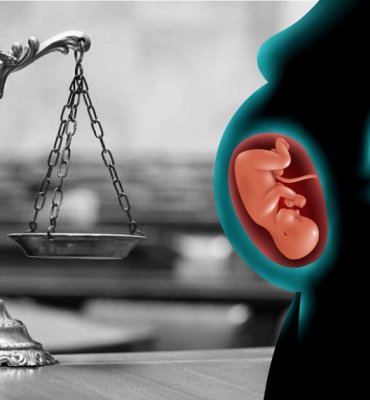
Anxiety is more than just occasional worry; it's a complex and often overwhelming emotional state that affects millions worldwide. Understanding its nuances and exploring effective coping mechanisms is key to managing this common yet challenging condition.
Anxiety becomes a disorder when it persists for six months or longer, a challenge prevalent in today's society. This overwhelming worry and fear about daily situations affect countless individuals, often intensifying during exams or public speaking. Its impact varies among people, with statistics showing a higher diagnosis rate among women compared to men, as noted by the American Psychiatric Association.
Research has shed light on regional differences, with Kerala, Manipur, West Bengal, Himachal Pradesh, and Andhra Pradesh experiencing higher rates of anxiety. A Lancet study in 2017 estimated that approximately 197 million individuals in India grapple with mental health disorders. Among these, depression affects 45.9 million people, closely followed by anxiety impacting 44.9 million, which accounts for 3.3% of India's population.
Common Symptoms of Anxiety:
1. Persistent Anxious Thoughts: Difficulty controlling worrying thoughts or beliefs.
2. Restlessness: Feeling on edge or unable to relax.
3. Difficulty Concentrating: Struggling to focus or stay attentive.
4. Sleep Disturbances: Trouble falling asleep or staying asleep.
5. Fatigue: Constant tiredness or lack of energy.
6. Irritability: Easily getting annoyed or agitated.
7. Physical Discomfort: Unexplained aches and pains throughout the body.
Varieties of Anxiety Disorders:
1. Generalized Anxiety Disorder (GAD): Constant, uncontrollable worry even without specific reasons characterizes GAD. Diagnosis occurs when this persistent worrying happens for at least six months, dominating most days.
2. Panic Disorder: In this anxiety disorder, sudden and recurring panic attacks prevail. While anxiety and panic are natural responses to stress, panic disorder manifests in frequent and abrupt episodes of intense fear.
3. Phobia (Including Specific Phobias): Phobias entail an overwhelming, unrealistic fear of various objects, people, activities, or situations. Those with phobias either go to great lengths to avoid triggers or endure them with significant distress.
4. Agoraphobia: This involves an extreme or irrational fear of open or crowded places, making leaving home or being in challenging-to-escape situations incredibly distressing.
5. Social Anxiety Disorder (Social Phobia): An intense and enduring fear of being scrutinized or judged by others characterizes social anxiety disorder. This fear significantly impacts various aspects of life, from work and school to forming and maintaining friendships.
6. Separation Anxiety Disorder (SAD): Among the most common childhood anxiety disorders, SAD occurs when children experience intense distress upon separation from parents or caregivers, such as when leaving for school or being placed in a hostel for the first time.
Coping Strategies for Anxiety:
1. Regular Counseling: Identify and replace negative thought patterns through counseling, shifting perspectives to more positive thoughts.
2. Journaling: Write down thoughts and feelings to gain clarity, aiding in managing stress, depression, or anxiety while gaining emotional control.
3. Breathing Exercises: Practice abdominal breathing to regulate the nervous system, inducing relaxation and offering numerous health benefits.
4. Support Groups: Join in-person or online groups to combat feelings of loneliness and judgment, reducing distress and improving coping skills through open discussions.
5. Meditation: Cultivate calmness, peace, and emotional balance, enhancing overall well-being and stress management by focusing on calming techniques.
6. Nature Connection: Spending time in nature positively impacts mental health, with ecotherapy showing benefits for mild to moderate depression and anxiety.
Impact of COVID-19 on Anxiety:
The COVID-19 pandemic profoundly affected global mental health, witnessing a 25% increase in anxiety and depression worldwide according to the WHO. In India, a 2021 Lancet study reported a 35% surge in anxiety disorders during the pandemic, notably affecting women and younger individuals. Pre-pandemic estimates by the WHO in 2017 suggested around 38 million people in India dealt with anxiety disorders, marking it as the second most prevalent disorder after depression.
Post-pandemic, young adults have grappled with increased anxiety, reporting psychological distress and symptoms of depression, anxiety, and post-traumatic stress. The uncertainties and fallout from COVID-19, including stress, anxiety, depression, frustration, and suicide, have become more apparent.
WHO highlighted the heightened prevalence of anxiety disorders post-COVID-19, noting the difficulties individuals faced, often leading to depression and unfortunately, instances of suicide. Embracing the aforementioned coping strategies can significantly assist in managing anxiety levels amidst these challenges.










